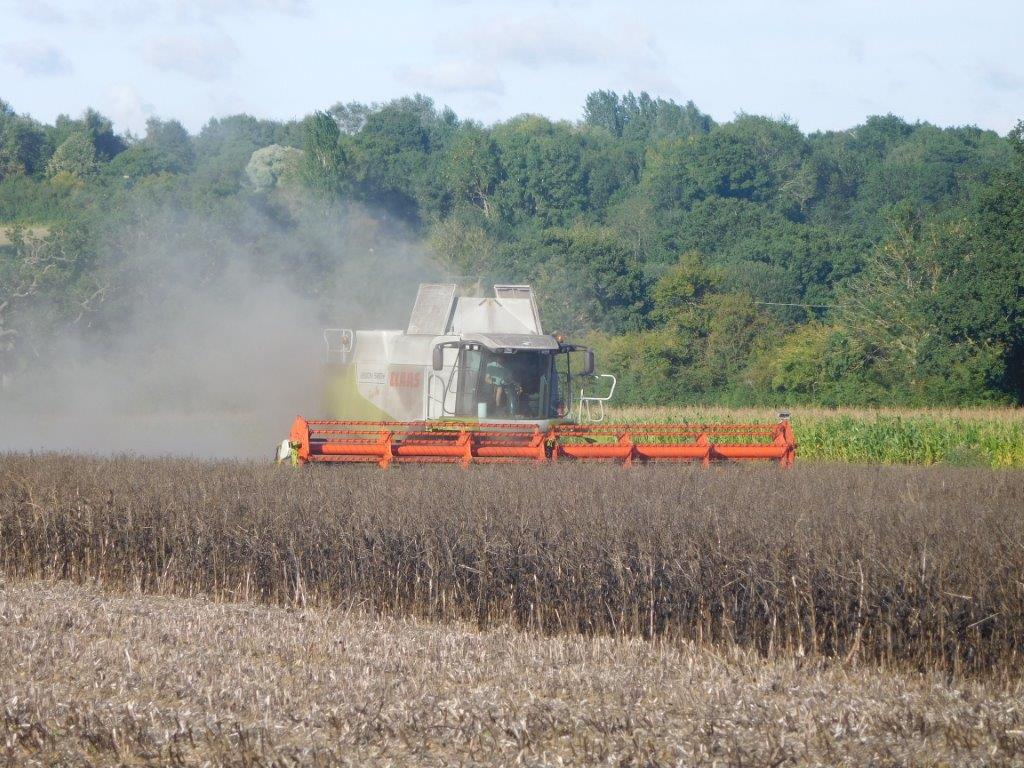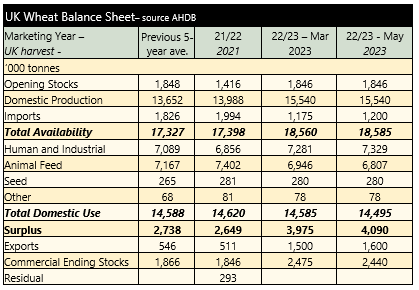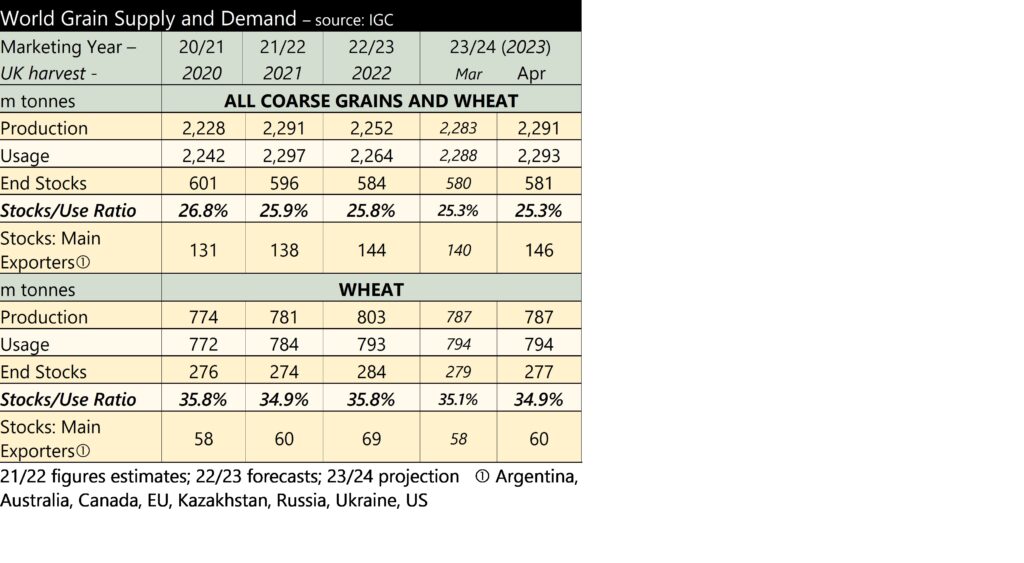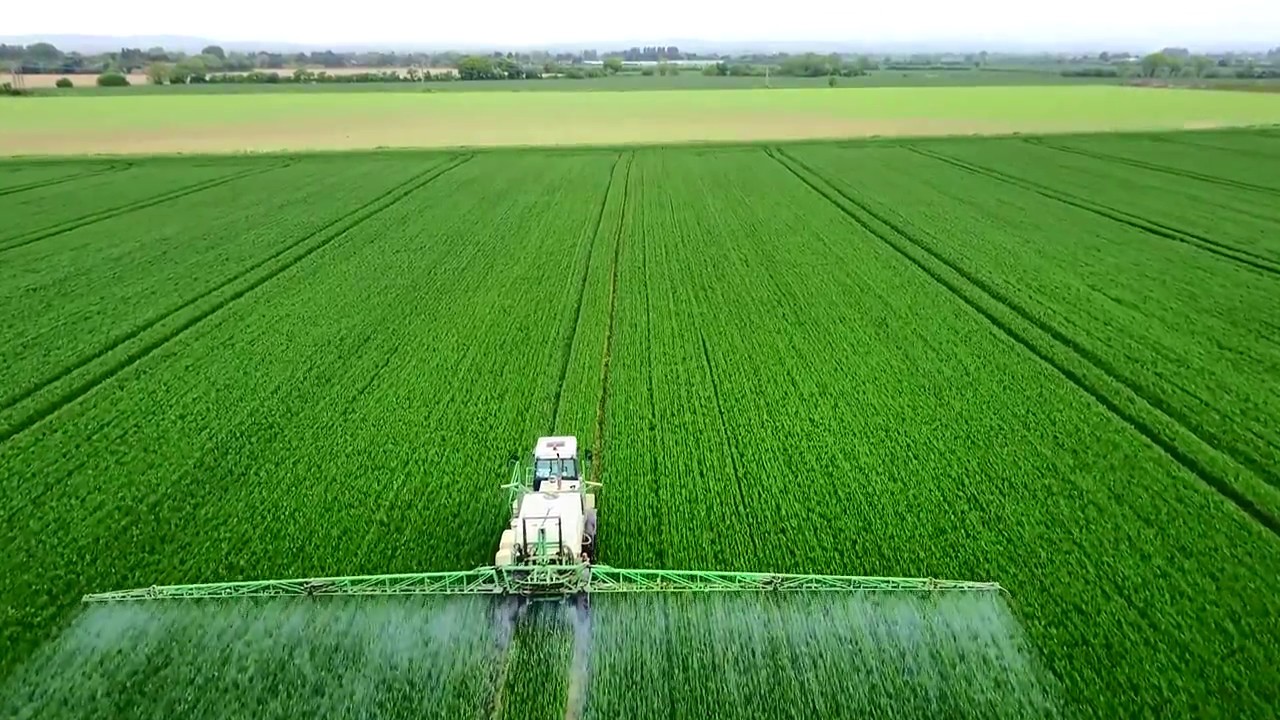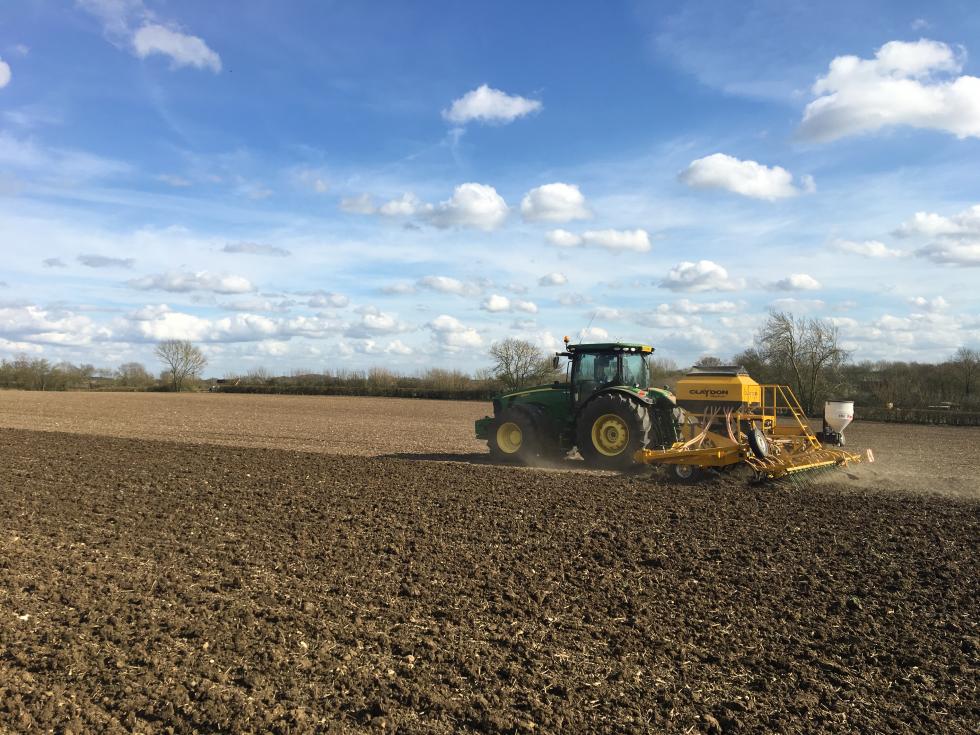The barley harvest is underway in England, although progress has been stop-start due to regular rain. According to the Environment Agency, in the month to 18th July, England had received 111% of the long-term average rainfall for July. As well as increased lodging in barley and OSR, the higher rainfall will be causing some concerns around grain quality.
With large ending stocks from the 2022/23 season anticipated, and the UK not currently export competitive, the price of feed barley has continued to fall. So far in July (to 21st July) feed barley has averaged £146 per tonne, down £10 per tonne on the June average. Initial assessments of malting crop quality have seen lower retentions (percentage of sample retained when passing over a 2.5mm sieve – minimum typically 85-90%) . This has reportedly led some maltsters to lower intake standards for the current crop.
Feed wheat prices have increased latterly, due to the ending of the Black Sea Grain Initiative. Ex-farm feed wheat (nearby) was quoted at £180 per tonne, on 21st July. Milling wheat was worth £243 per tonne.
Oilseed rape values have also increased, with Paris rapeseed futures briefly exceeding €500 per tonne for the first time since March. Ex-farm oilseed rape was quoted, on 21st July; at £385 per tonne, up from an average of £330 per tonne in June. Price increases have been driven by the tightening of soyabean markets, and concerns over availability of Ukrainian oilseeds.
Pulse markets were also stronger in July. Human consumption demand has remained somewhat limited, with difficulties in accessing North African markets. However, some feed compounders have reportedly included pulses in rations, with global protein values increasing. Feed beans and feed peas have average £259 per tonne in July.

